What causes varicose veins?
Veins are blood vessels that return blood to the heart and carry blood upwards against gravity. Unlike arteries, veins have very little muscle tissue to provide elasticity and some of this is lost with age. Veins found just under the skin surface are called superficial veins and blood flows at low pressure, while those found deep inside muscles are called deep veins and the pressure is higher. There are communicating veins between the two systems allowing blood flow between the systems in a controlled fashion.
Blood is moved upwards thanks to muscles in the legs squeezing the veins when you move around. One-way valves in the vessel walls normally prevent blood flowing backwards, but if these valves don’t work properly blood collects and pools below the damaged valve causing the veins to bulge, become swollen and distended. The high pressure from the deep system is transferred to the superficial veins.
Any vein can become varicose but it is more common in the legs and feet, as standing puts extra pressure on the valves in those veins.
What can contribute to varicose veins?
- Age – Blood vessels walls weaken with age, lose their elasticity and stretch, which can cause the valves to become damaged.
- Sex – Varicose veins are more common in women mainly because of hormonal influence. The female hormone oestrogen causes vessel walls to stretch and may therefore be involved in developing varicose veins.
- Pregnancy – Changes in blood volume and circulation during pregnancy can cause enlarged leg veins, which may be the start of varicose veins.
- Occupation – If you spend a lot of time on your feet, your veins are put under increased pressure to get the blood in your legs flowing against gravity, which may weaken your valves.
Symptoms and complications
Often there are no symptoms apart from the visible signs of varicose veins. However, varicose veins can cause aching, cramping and itching. The ankles may swell. Symptoms are often worse in warm weather, as this causes the veins to dilate (stretch). If varicose veins become red and tender this suggests that there is inflammation in the swollen vein which is a recognised complication. If this affects a deep vein, a deep vein thrombosis (DVT) is possible and hazardous, requiring urgent attention. If a superficial vein is involved, this is painful but not life-threatening. Treatment is still advisable. Other complications are varicose eczema and varicose ulceration.
Risk factors
- Prolonged standing
- Pregnancy
- Excessive weight
- Family history
- Circulatory problems such as blood clots
- Hormone replacement therapy and birth control pills in susceptible women.
Prevention and treatment
1. Reduce your risk
Cut back on your risk factors by keeping fit, healthy and active, which in turn will keep your weight down and your circulation pumping. Also using the leg muscles helps keep the blood moving. If you do need to be on your feet for long periods, rest when you can and keep your feet elevated to prevent blood from pooling in your legs and feet.
2. Diagnosis and testing
- A Doppler test uses ultrasound to look at the blood flow in a vein and can tell you if the valves are working properly, or if a clot is present.
- A duplex ultrasound test is a more complex scan and produces a colour image of your leg which will show up any damage in the veins.
- A simple test can identify which part of your leg vein has the faulty valve; you will lie on your back with your leg raised; and a tourniquet is used to temporarily block the blood flow in that leg. When you stand up again, your doctor can watch how the blood flows back into your leg.
- Air plethysmography uses pressure cuffs on your leg, connected to a computer, to measure and analyse how blood flows through the arteries and veins of your leg.
3. Keep the swelling down
If you have varicose veins but they are not causing you much concern you can keep the swelling down by using compression stockings. These should be worn during the day but removed at night. They support the veins in your leg, reducing the bulging and swelling. Surgical or compression stockings need to fit properly so make sure you get the right advice, and there are tools that can help you put them on.
4. Treatment
- Sclerotherapy – is when a superficial vein is injected using a fine needle filled with a chemical that irritates the vein lining, causing it to seal off. This diverts blood into a healthier vein, causing the varicose vein to shrivel and disappear. You will not need an anaesthetic for this treatment, although it may need to be done more than once and you will need to wear surgical stockings after the treatment.
- Ultrasound guided sclerotherapy – is used for deeper veins and uses ultrasound to help the doctor guide the needle into the vein and inject at the exact point in the vein causing the problem. This treatment appears to have a low recurrence rate. A fine laser probe is placed into the vein and guided into place using ultrasound, where it is activated and heated up, destroying the vein. There is no need to wear surgical stockings after this treatment.
- Endogenous laser ablation – for bigger and more advanced varicose veins. This treatment uses light waves to destroy vein walls, causing them to collapse and eventually disappear.
- Venaseal – Uses an ultrasound, catheter and glue to seal a varicose vein shut.
5. Surgery
Since there are now effective and non-invasive alternatives to surgery, surgical removal of varicose veins is not used as often but is still an effective treatment. You will need an anaesthetic but the surgery is usually done in a day clinic. There are several different surgical procedures, which involve tying off parts of the vein and preventing blood flow through them, or removing pieces of the affected vein. You will be advised which you will need, depending on where the varicose vein is and how severe.






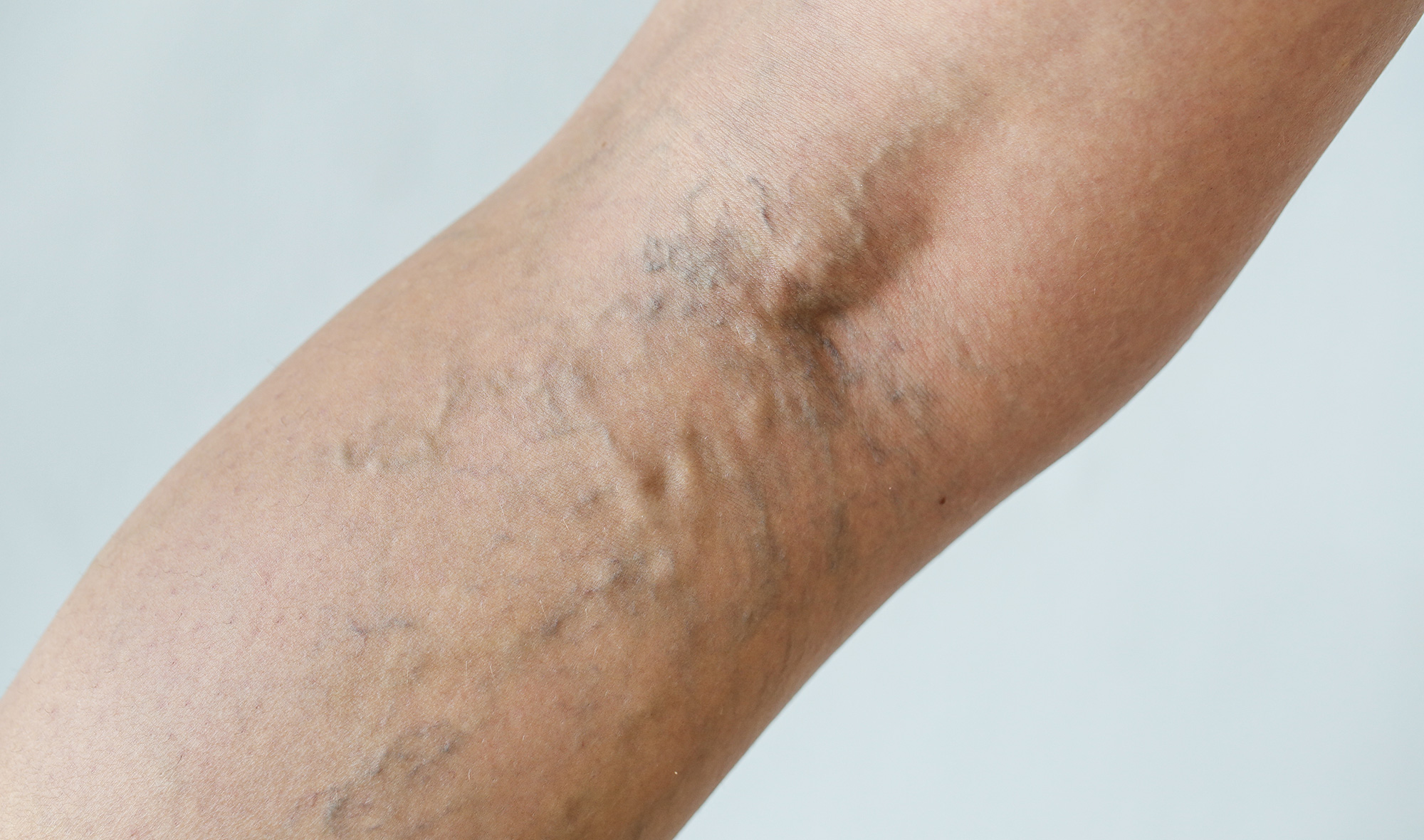
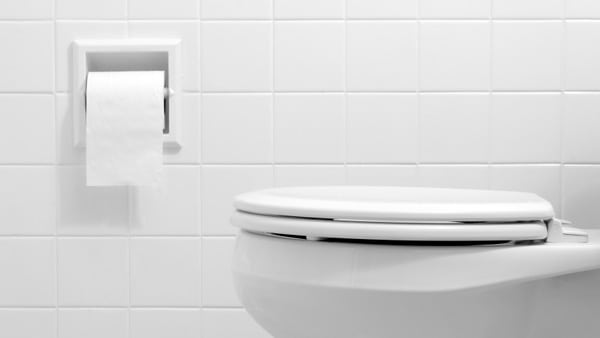
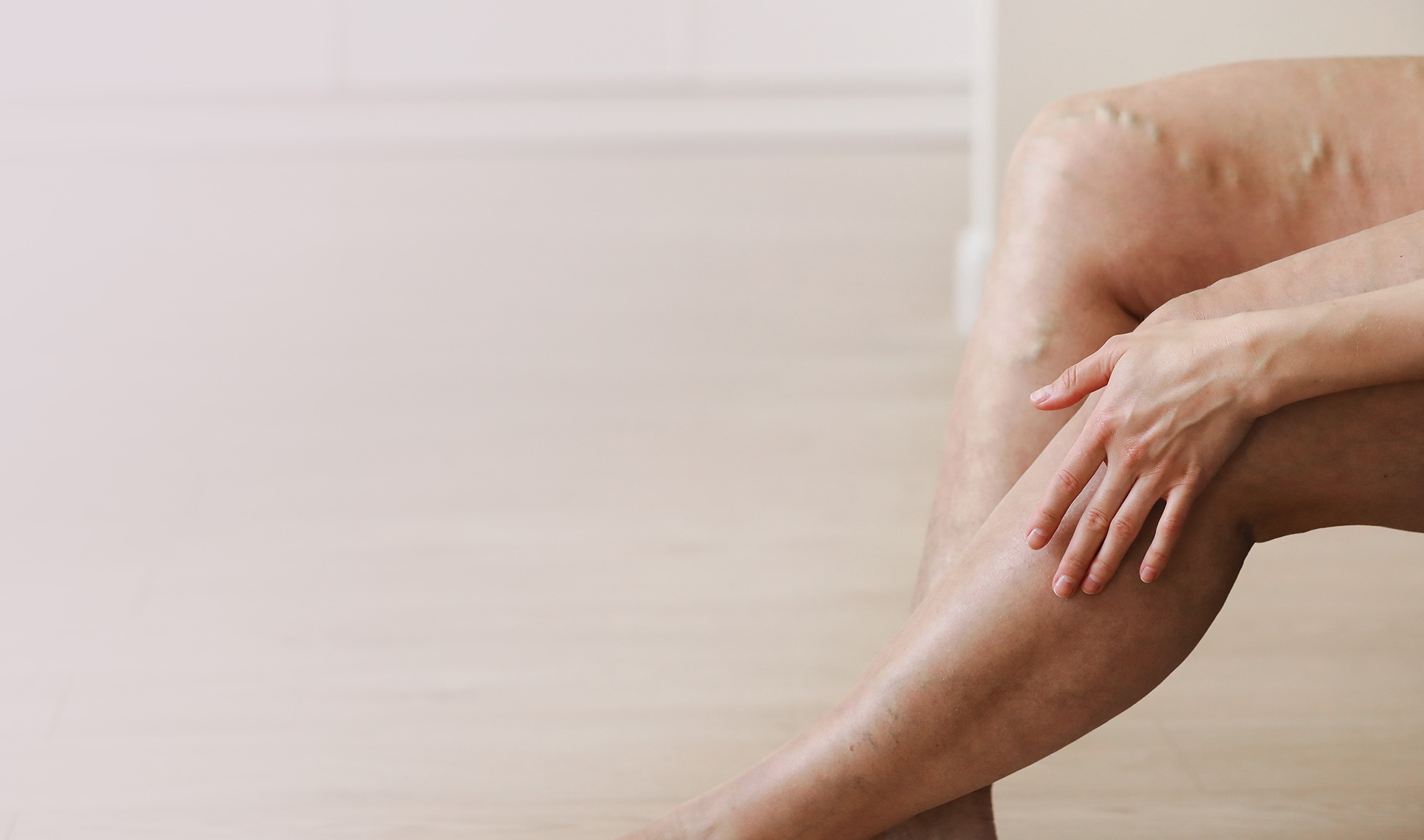
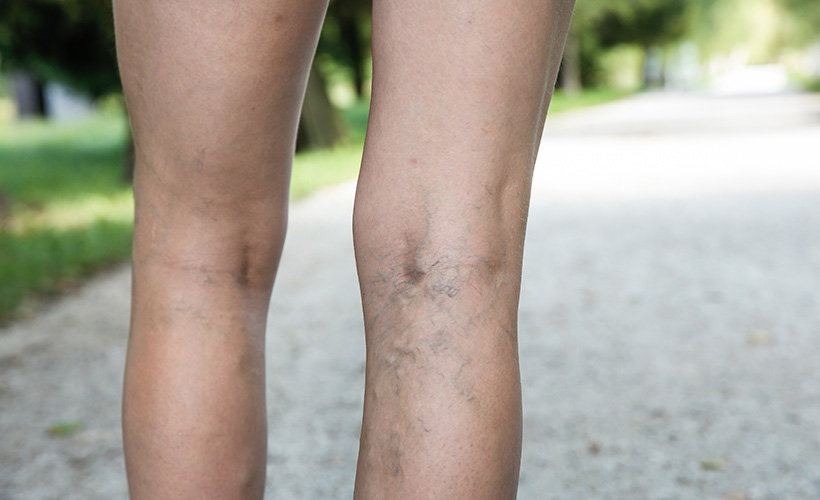
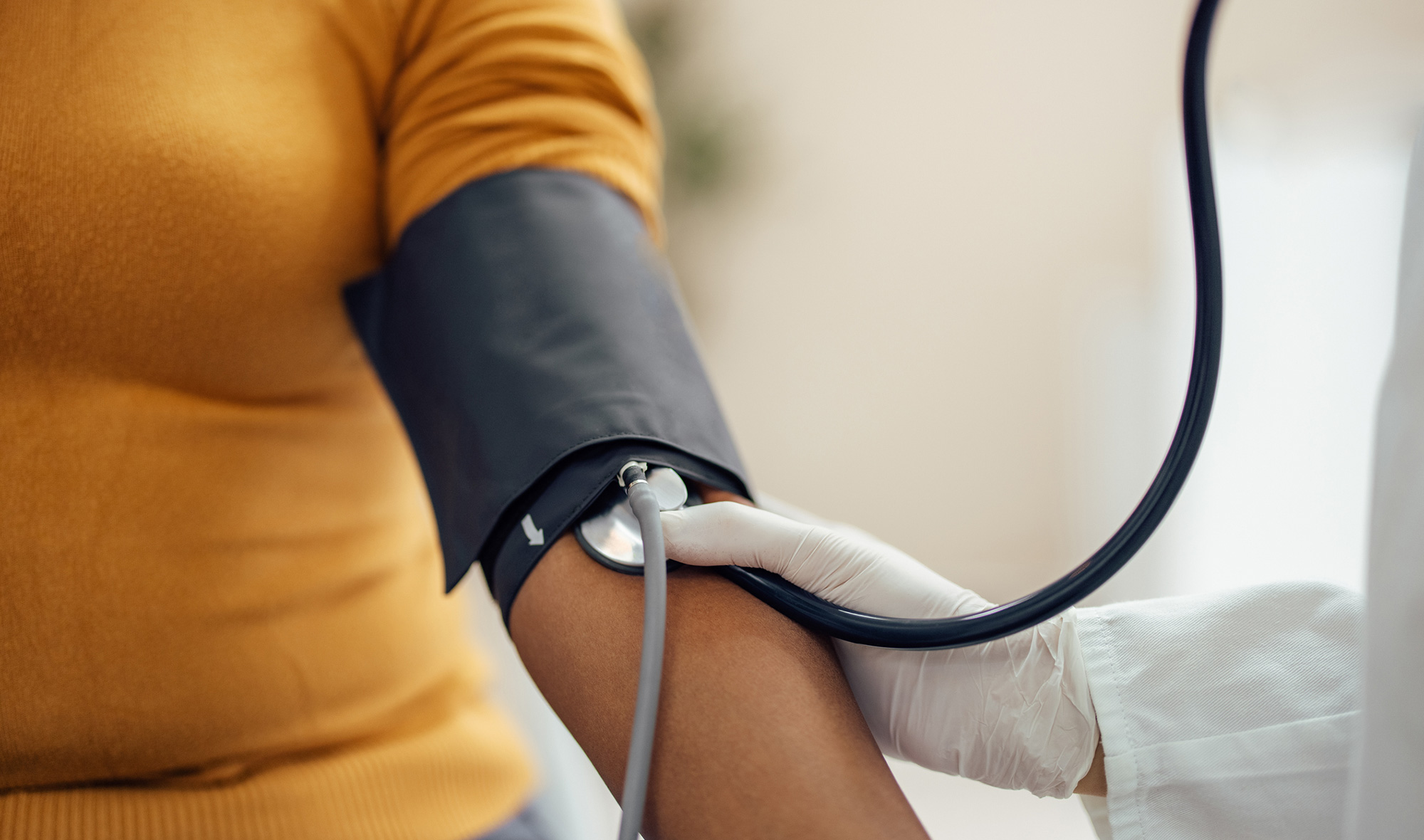



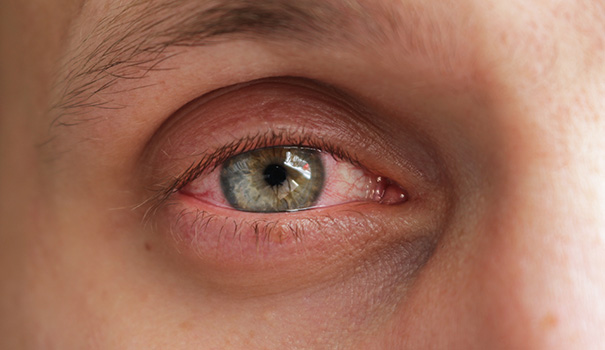
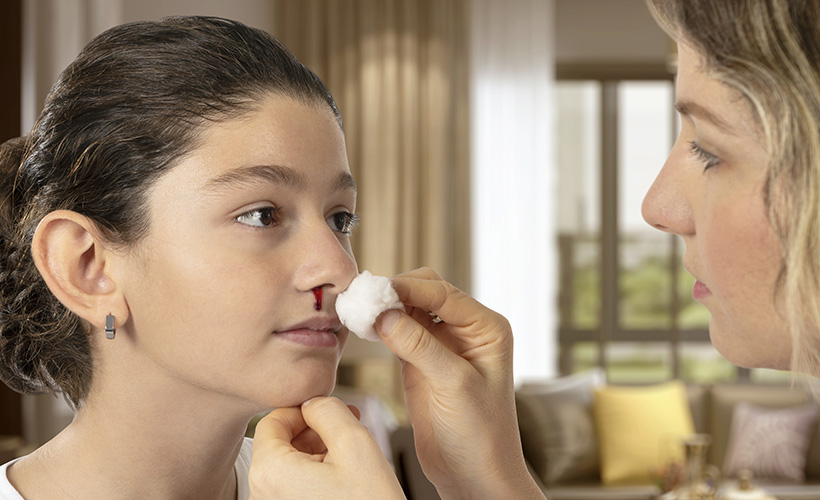

Community